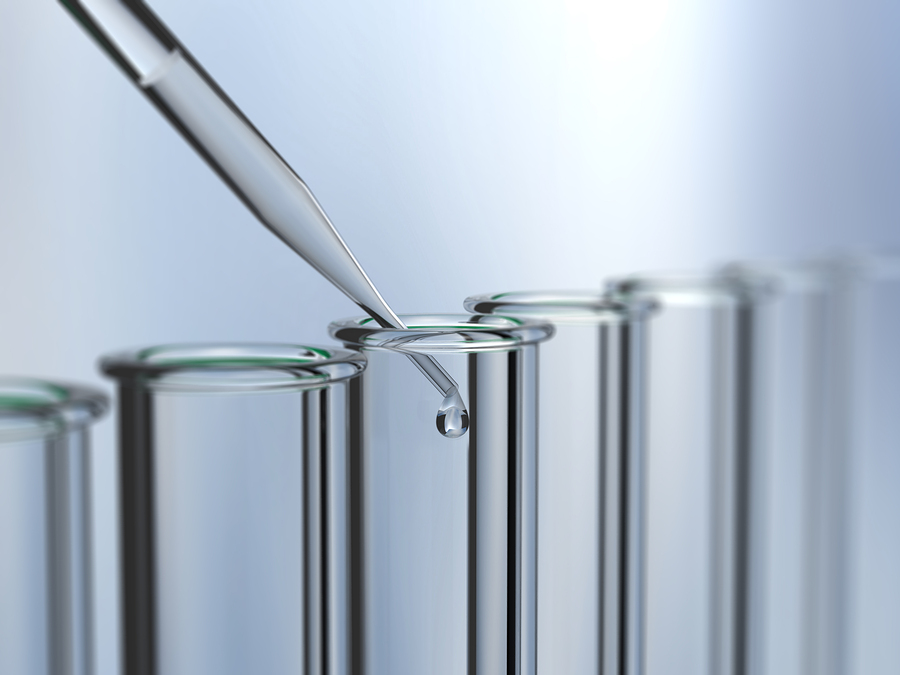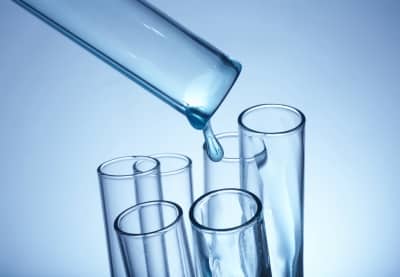Comprehensive Water Testing Services Orlando for Your Home's Needs
Comprehensive Water Testing Services Orlando for Your Home's Needs
Blog Article
Discover What Is Consisted Of in Water Checking and Just How It Makes Sure Safe Alcohol Consumption Water
Understanding the intricacies of water screening is critical in guaranteeing the top quality and security of our alcohol consumption water. Via a meticulous exam of physical, chemical, and microbiological elements, water screening recognizes potential contaminants that can present health risks. From the existence of hefty steels to damaging microorganisms, each test component plays an important duty in maintaining the honesty of our water supply. Advanced strategies like chromatography and spectrometry improve the precision of these analyses. Yet, exactly how do these procedures convert into the regulatory structures that ensure safety and security in our day-to-day intake?
Key Elements of Water Testing
Water testing is a crucial process that includes numerous essential components to ensure the security and quality of drinking water. Furthermore, guaranteeing the pH equilibrium of water is important, as it influences the water's corrosiveness and the efficiency of disinfection procedures.
Another significant element involves microbiological evaluation, where water samples are analyzed for the presence of microbes such as germs, viruses, and protozoa. If consumed, this evaluation is important to determine organic hazards that can posture health dangers. Chemical evaluations are carried out to discover not natural and organic substances, such as heavy metals, nitrates, and pesticides, that might be present in the water supply.

Identifying Hazardous Contaminants
Discovering dangerous impurities in drinking water is a fundamental aspect of protecting public health. This process entails identifying potential dangers that can jeopardize the quality and security of water materials. Pollutants can range from microbes such as germs, viruses, and protozoa, to not natural substances like lead, arsenic, and nitrates, as well as organic pollutants consisting of chemicals and industrial chemicals. Each sort of pollutant poses distinct wellness risks, making their discovery vital to guarantee the water consumed by the public is secure.
Water testing for pollutants is normally conducted by governing agencies and water energies, utilizing a mix of area tasting and laboratory analysis. These evaluations are designed to spot both naturally occurring substances and anthropogenic contaminants that might have gone into the water via agricultural runoff, industrial discharge, or maturing facilities. Normal tracking is vital, as contamination levels can change because of environmental changes, seasonal variations, or human activities.
The recognition of harmful pollutants notifies needed activities, such as water therapy interventions or public advisories, to minimize dangers. Early detection is vital to stop adverse health impacts, ranging from gastrointestinal diseases to long-term problems like cancer, consequently making certain the continued security of drinking water.

Chemical Evaluation Techniques
In the world of guaranteeing safe alcohol consumption water, chemical evaluation strategies play an essential duty in recognizing and evaluating impurities. These techniques are essential for finding a broad variety of chemical substances, including heavy steels, pesticides, and commercial pollutants, which can pose significant wellness risks.
Gas chromatography-mass spectrometry (GC-MS) is one more important strategy, specifically for organic substances. It divides complicated mixes and determines semi-volatile and unpredictable organic compounds, ensuring that toxins like benzene and toluene are within risk-free restrictions. High-performance fluid chromatography (HPLC) is similarly made use of for non-volatile compounds, consisting of specific pesticides and pharmaceuticals.
Ion chromatography is utilized to identify concentrations of anions and cations, such as nitrates and sulfates, which are essential in evaluating water quality. These chemical analysis techniques collectively make certain that drinking water continues to be secure by discovering inconsistencies from established purity standards, thereby securing public health and wellness. Making sure accuracy and precision in these examinations is critical to maintaining the honesty of water security analyses.
Microbiological Testing Methods
Precise microbiological screening is vital for securing public health by making sure that drinking water is free from unsafe pathogens. This process entails discovering and identifying microorganisms such as bacteria, infections, and protozoa that might pollute water materials. Typical virus consist of Escherichia coli, Giardia, and Cryptosporidium, each presenting significant health and wellness dangers.
A number of techniques are used in microbiological testing to determine these risks. The membrane filtration method is often used, involving water going through a filter that captures microorganisms, which are then cultured to identify their visibility and focus. The multiple-tube fermentation method makes it possible for the quantification of coliform bacteria utilizing a series of dilution and incubation actions.
Advancements in technology have introduced molecular techniques such as polymerase chain response (PCR), which permits the very particular and fast detection of microorganisms by magnifying their genetic his response product. Enzyme-linked immunosorbent assays (ELISA) also provide an approach to detect pathogens by determining specific healthy proteins or antigens.
These varied techniques are important for thorough water high quality evaluation, guaranteeing that water therapy processes are efficient which distribution systems maintain safety and security. By utilizing these microbiological testing methods, prospective carcinogen can be identified and mitigated quickly.

Value for Public Wellness
Making certain the microbiological safety and security of alcohol consumption water directly impacts public wellness by avoiding the spread of waterborne conditions. Virus such as microorganisms, infections, and protozoa can bring about ailments like cholera, dysentery, and stomach infections (Water Testing Service). The implementation of detailed water screening protocols is paramount in identifying and minimizing these threats, thus securing neighborhoods from potential outbreaks
Normal water screening not only discovers microbial impurities yet additionally assesses chemical and physical specifications that can influence health. For circumstances, too much degrees of nitrates or hefty steels such as lead can position major health risks, specifically to susceptible populaces like infants and expecting females. By recognizing these hazards early, water screening makes it possible for prompt treatments, ensuring the water supply stays within safe usage criteria.
Additionally, water screening plays an important function in maintaining public confidence in community water systems. For plan makers and wellness officials, the data acquired from water testing informs decisions on facilities financial investments and public wellness techniques, guaranteeing sources are routed where they are most required.
Verdict
Water testing acts as an important device for ensuring the safety and high quality of alcohol consumption water with read the article comprehensive examination of its physical, chemical, and microbiological properties. By discovering dangerous impurities, such as hefty steels and chemicals, and utilizing sophisticated strategies like chromatography and spectrometry, water testing helps with the identification of prospective wellness threats. The implementation of strenuous screening protocols is essential for maintaining compliance with security requirements, ultimately protecting public health and enhancing self-confidence in local water systems.

By identifying these threats early, water testing makes it possible for prompt treatments, making certain the water supply stays within secure consumption requirements.
Water screening offers as an essential system for guaranteeing the safety and security and high quality of alcohol consumption water with detailed evaluation of its physical, chemical, and microbiological residential or commercial properties.
Report this page